Surviving and thriving amid the presence of large agency networks are the smaller, independent agencies, often referred to as ‘boutique agencies’. Quite often created by former employees of larger networks venturing out on their own, and sometimes by people from different professional backgrounds, these independent agencies are being increasingly recognised for their brilliant campaigns and benchmark-setting innovative thinking.
Adgully is presenting its latest feature offering – The Disrupters – which put the spotlight on such small independent agencies that have been setting a blazing trail in the advertising industry with their work, their new way of operating and ideation, which have been creating disruption in the way the advertising business is done in India.
From clueless IITians to Internet sensation – that’s how The Minimalist’s co-founders Sahil Vaidya and Chirag Gander are better known as. Armed with a passion for design and humour, the idea for The Minimalist – a new age creative, design and digital consultancy – germinated during an auto ride in Mumbai. Starting life as a Facebook page, Vaidya and Gander set up The Minimalist as a consultancy in 2015. The agency today boasts of over 150 clients and 150,000 followers. The agency has worked with over 200 brands, including Coca Cola, ICICI Prudential, Airtel, Blue Star, Religare and many other corporates, SMEs and high growth start-ups.
The Minimalist operates in 3 core business areas:
- Branding and Communication
- Interaction design
- Digital Marketing
In an exclusive interaction with Adgully, Sahil Vaidya , Co-Founder, The Minimalist, narrates how two engineers turned into design and digital consultants, major learnings from their entrepreneurial venture, creating disruption and much more.
Also read: The Disrupters: Langoor’s different wiring keeps it nimble, tech-first, innovative
The Minimalist beginning
It happened in a very interesting way, Chirag and I were studying engineering and the common aspect between both of us was we were not interested in engineering and we had a knack for creativity. Chirag pursued it through design and I pursued it through writing. Both of us had been doing that for a long time while we were studying. He had been a popular designer for all our tech fests and later he interned with O&M. I was interning close to his work place and we used to travel together, that’s when we started talking about this and realised that these two things could be combined together to create something meaningful that we both were interested in. That was the time when Chirag said that he was interested in ‘minimalism’ as it was a trending topic globally and India didn’t have anything like that. We then created a Facebook page where we would talk about social issues, trending affairs; but we would convey things in a very thought provoking fashion, where people would look out and ask how did we come up with this. So I suggested the name and he created the logo and we started off. The logo is half cut and it’s minimalistic. You don’t need the entire thing to understand its meaning, so that’s expressive typography.
Gradually, things started picking up and we had a good number of followers – from 100 to 1,000 organically. On the other side, companies started approaching us to help them with designs and digital. The thought of starting our own company started materialising when clients started approaching us. Because of such a process it helped us drive a lot of traction and there were a lot of inbound enquiry because of the work that we were doing. We have a huge following on Instagram as well as Facebook, but we do it for fun and not for our clients. However, it helps us creating the entire brand and living our philosophy at the end of day and its fun for the entire team as well.
It’s been three years now. Operationally, we started in May 2015, but officially we started from October 2015.
The Objective & Vision
Before we started off, it was more about coming up with something really different and thought provoking. But when we actually started the company and formulated the vision, it was about being a design and digital consultancy that would be globally renowned for its unique ideas. This is of course a long term plan which will take some years to materialise, but I think we are already making some strides towards that and increasingly working with some global organisations across various geographies and establishing ourselves. We are not just increasing our institution-based services, but also consulting a lot of companies in various areas like brand consultancy, digital strategy, etc. So, there is a lot of work happening there.
Giving creative ideation an edge
I have not really worked with or have been a part of these big agencies. But Chirag was interning for a big agency. He has a lot of people coming in from those agencies. Hence, there are a few fundamental differences. One is that we have a very dynamic set-up and young team – the average age of the team is 26 years. These factors help us in getting a fresh perspective to the kind of work that we do.
Secondly, we are born digitally. Though we don’t have a traditional background, we can definitely do the traditional work that creates a massive difference from what the big agencies can do because their processes are pretty much rooted in their traditional mindset. There’s nothing wrong with the traditional process, but in today’s time the requirements are increasingly changing towards digital. Every year there are innovations that make things redundant. Hence, being born in a digital era, we are pretty fast moving and we have an agile mindset, with the philosophy that things are going to change fast and we have to adapt to it.
Thirdly, empathy is a very big part of our process; we deeply empathise with the end consumer. For example, we are recreating the customer portal for a company called Religare Health Insurance. It has a vast range of target audience – right from an elderly person to a person who has just started working. We have to create the web product in a way that it meets all the needs of these people. In order to understand and empathise with the needs of the customers, we went to the call centres and we heard some calls and read some chats. Thus, we follow a very deep process of contextual enquiry in order to understand and empathise with the users so that we can design well for the users. Basically, our philosophy is that design is not just something that looks beautiful; it is something that works beautiful. Empathy is at the core for all our processes.
Tackling the client brief
One very interesting thing is that we have acquired a lot of clients without pitching for the business. For pitches we have created very agile and nimble teams that keep working from pitch to pitch. We don’t have a very set structure, where only a certain team will work on all the pitches. We believe that for every pitch, it’s a new challenge and a new brief and therefore, it requires a very new kind of thinking. Hence, we try to shuffle things up and try to bring in different minds on different pitches all the time. Also, we try to identify which sectors could be an expertise for a certain person, based on his/her past experience so that he/she can participate in it. However, at the end of day both Chirag and I are routinely involved in all the pitches to ensure that top notch quality is going out. In case of big agencies, of course, the promoters don’t get involved, but here we try to be involved in some way in all the pitches in order to ensure that the Minimalist touch is there. If you go through our Facebook page, we try to ensure that thought provoking work is percolating to our pitches as well. So, brands can see something like that happening for them. If you make them realise there is a bright future for them, it makes for a very compelling presentation.
Creating disruption
Everything that we do, we ask ourselves whether it is this kind of quality that we are aiming for. Is it provocative in nature? These are some of the things we regularly practise. We have a lot of brainstorming sections on minimalism, where we try to see all the work that we are doing and abide by the philosophy that we have set. These apart, we have a lot of talks and sessions and try to inculcate these things. We have started something called the ‘Minimal Talks’, where we have industry experts having different areas of expertise come and talk to the team and be a part their learning. It is a very interactive session. Last time we had a brand strategist from the Netherlands, who was involved in the branding of Netherland and also beer brand Heineken. Such talks serve as crucial learnings for the team on how to adapt to a global culture. Thus, we try to push the bar everyday and learn from the experts.
Running an independent organisation
The pros are that you get to live your dream every day. More than anything else the number of things that you can learn is extremely high, so every day is a learning curve. Every new customer, every new employee end up teaching you some new lesson that probably no other job will be able to teach you. So, the last three years have been immensely enjoyable as well as enlightening. I don’t think any other experience would have taught me so much across a breadth of things. At the end of day when you see that you are able to create an organisation that can creatively function on its own, it’s very satisfying. We have teams that are headed by certain leaders and now our organisation has reached a scale of 65 to 70 people. A lot of creativity is happening without our hand holding. A feeling that we have created an engine which is running without our constant hand holding is very satisfying.
As for the disadvantages, it’s like starting any other business, which is extremely hectic. Every day is full of uncertainty. At the end of day there is pressure from all directions – be it the team, clients or externalities. It’s higher from the externalities, but in the end it is very fruitful.
Key clients
With over 70 full time employees across all 3 SBUs, the Minimalist has been working with a diverse set of clients from India and abroad, including Fortune 500 companies like Berkshire Hathaway, Coca-Cola, Dow Chemical, Abbott, as well as Airtel, Practo, Minute Maid, IDFC, MobiKwik, Hexaware, Cox & Kings, L&T Infotech, etc.
Challenges & opportunities
Talking about challenges – it’s a very cutthroat market, so everywhere you go there are five other people talking to the same client. Therefore, getting business is extremely tough today. And with the growing number of digital and design agencies in India, the competition will further intensify. I see more people who are definitely going to start their own agencies.
Secondly, running a business itself is a very strenuous activity, where you have to juggle various things simultaneously. Along with the skills, you also need to have the appetite to do that. It may not be everyone’s cup of tea. Things are very uncertain and that’s the major pitfall.
The big opportunity is that the market size in India is growing very fast. A lot of companies are realising that they need to market themselves, brand themselves, advertise, build up products, etc., it’s a good thing happening. This is a ray of hope for independent agencies. There is some kind of conviction that people can co-exist in this market.
Competing in an era of disruption
I think a lot of start-ups have demonstrated that being agile is very important, which we don’t see in bigger corporates where things don’t move as fast due to various inherent processes. Many small companies can move very fast and develop technologies that the new generation needs. I think the only way to successfully compete is by keeping tabs on what new trends are coming up, what is gaining traction and what has generated the unmet needs that no other company is able to service, and just develop that service or technology that is required.
The 5-year plan
In the next 4-5 years we want to be in multiple geographies worldwide, servicing clients from different countries. We want to turn into an advisory firm and not just be an execution firm. So, while execution will remain a part of what we do, we want to get into the advisory role, where we are consulting companies on larger design of business problems other than just advertising or marketing of the product.
So, was it all worth it?
It has been completely worth it and I am sure it will continue to be so in the coming years as well.


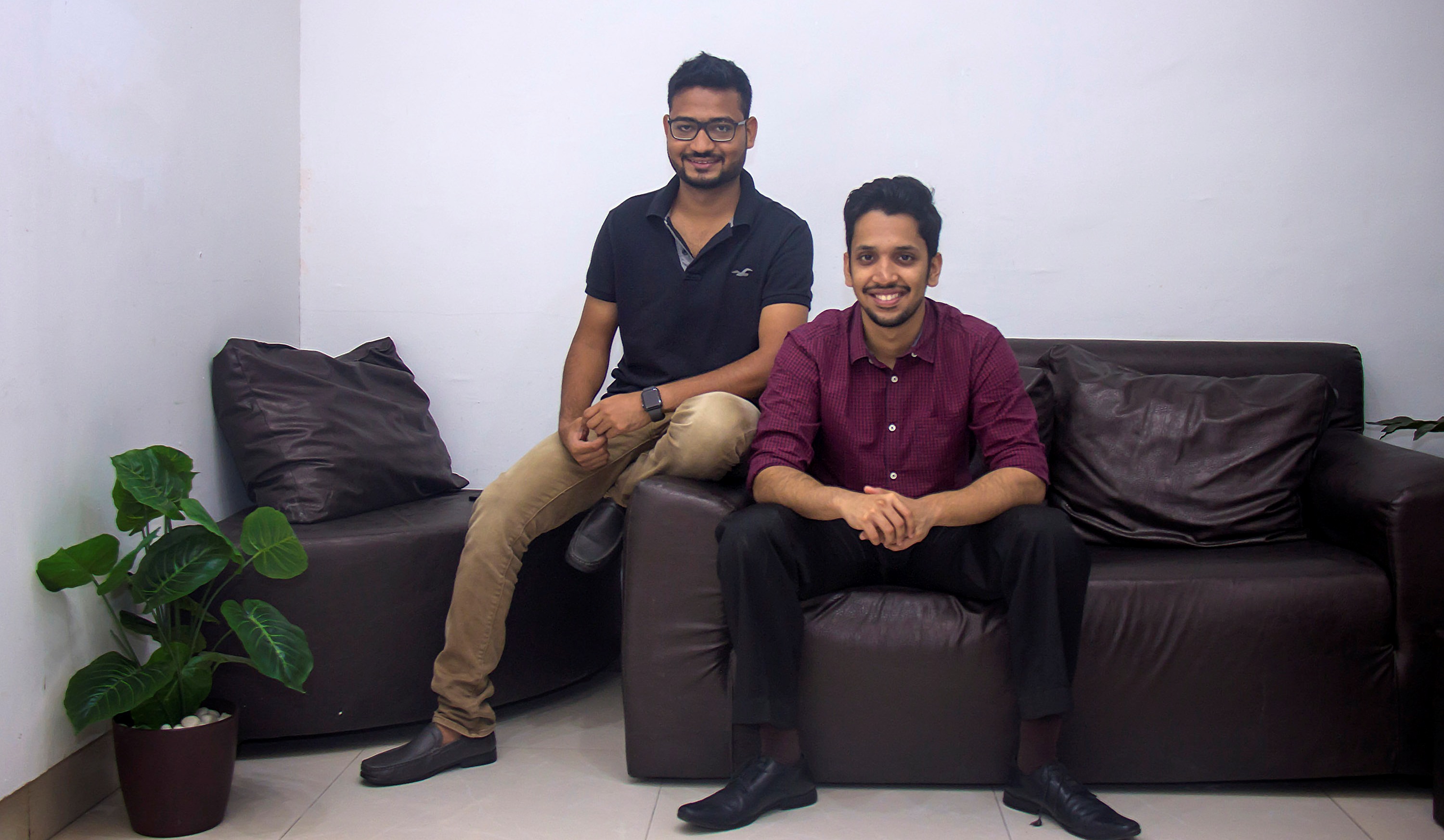
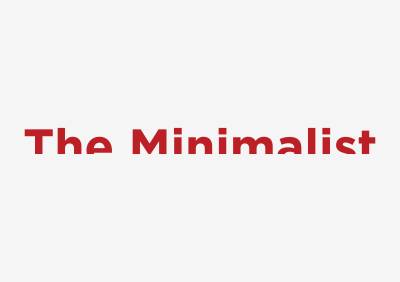
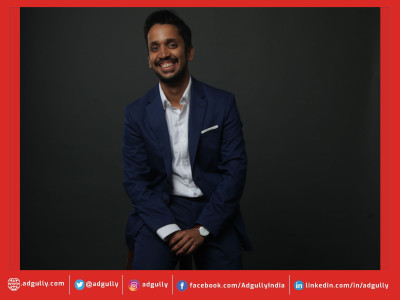
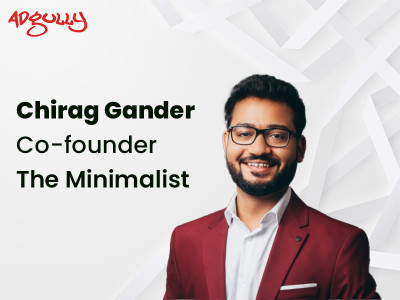
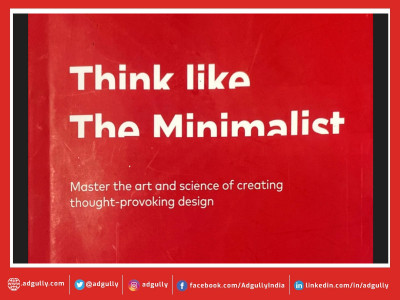
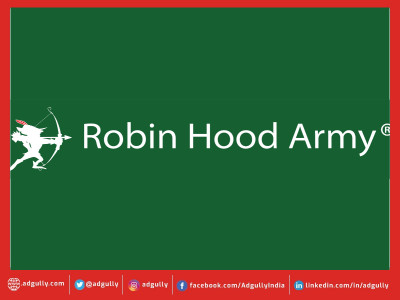
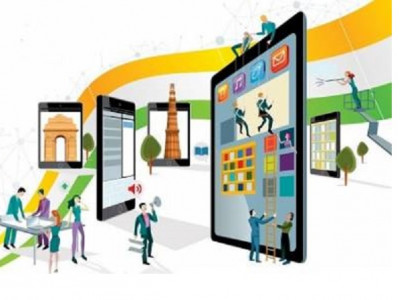
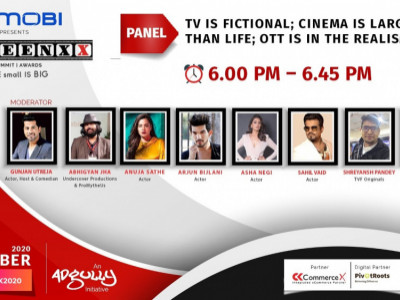
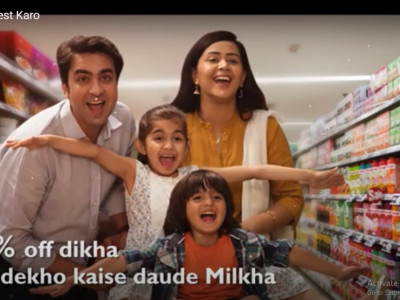

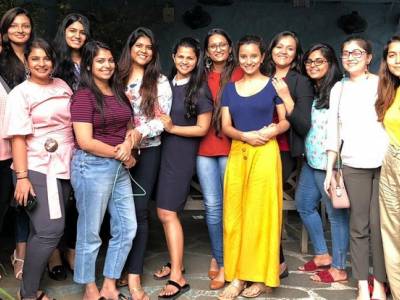
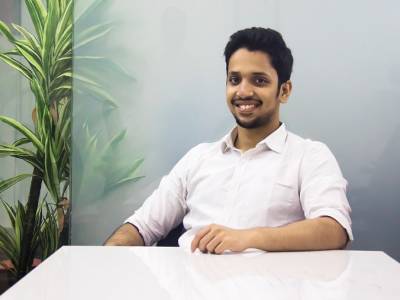
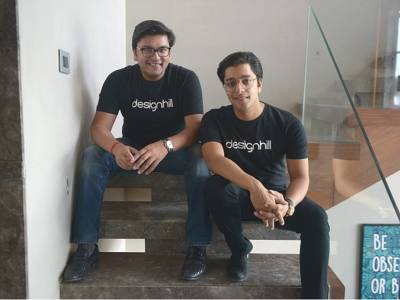


Share
Facebook
YouTube
Tweet
Twitter
LinkedIn